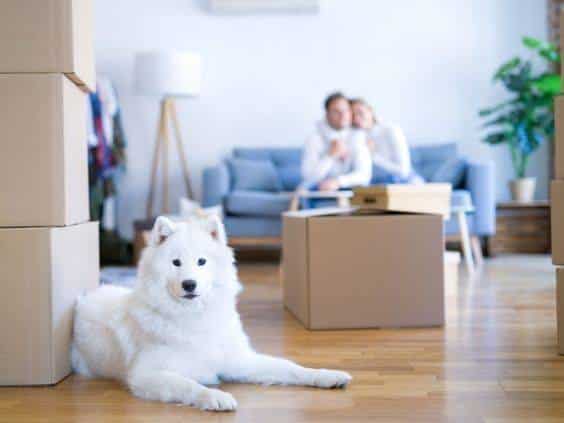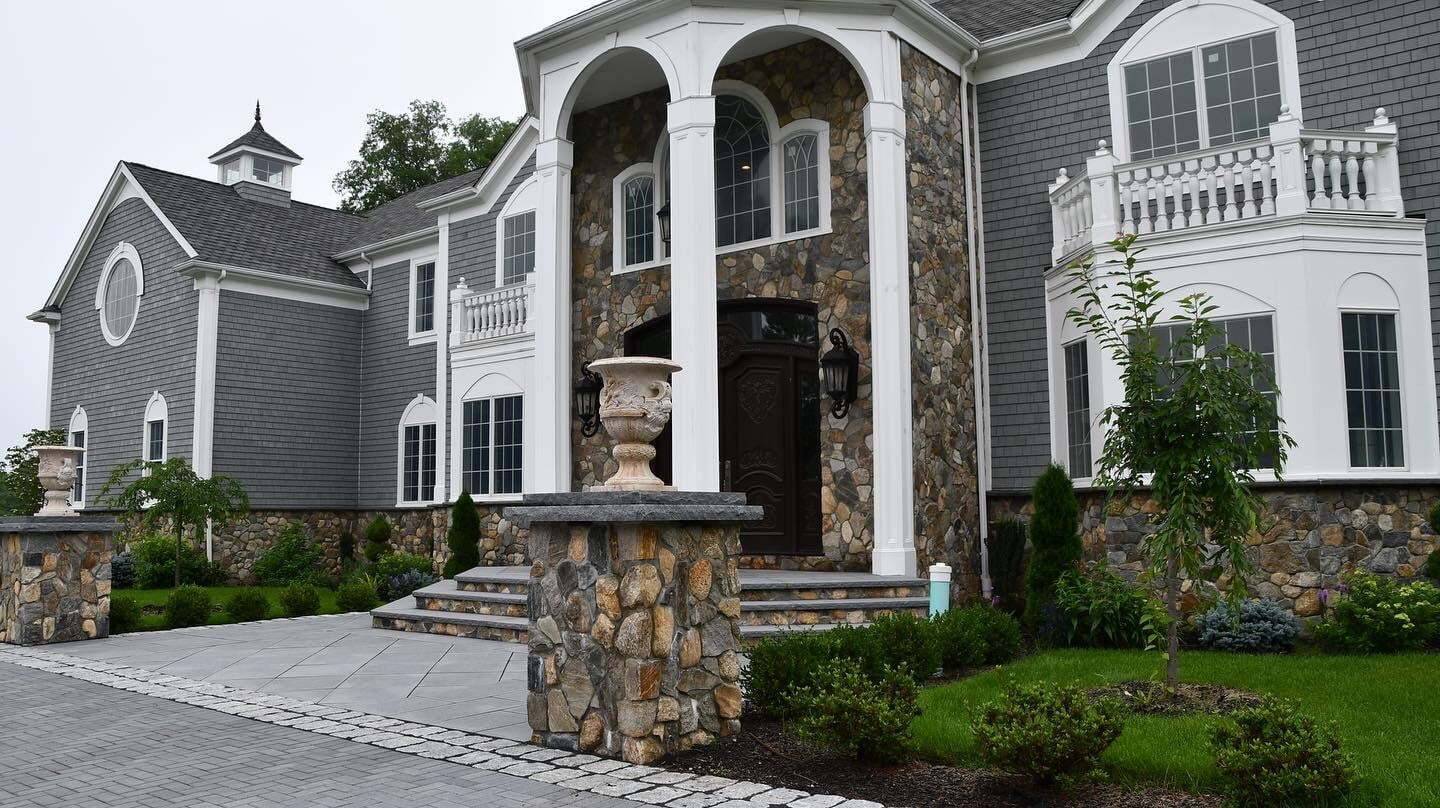You’ve been looking forward to the big move for months—maybe even years—but what about your pet? While your new location may suit your dog better, the transition could still be difficult for your furry friend. Take it into consideration with our moving day tips for dog owners, and create a plan for your canine companion both before the big day comes and as it adjusts to its new home.
Pack Calmly and Slowly
Dogs often notice when things are changing, and it often makes them feel anxious. Prevent some of that anxiety by adjusting the way you pack up your home. Stretch the packing process over a few weeks rather than rushing to do it all at once. Not only is this a healthier moving habit in general, but it’s also an excellent way to keep your dog calm.
Let Your Dog Adjust To a Crate
If you don’t take your dog driving around in a crate very often, now is as good a time as any to acclimate it to a travel crate. Leave the container out for it to make its den in, especially as it slowly notices the move happening around it. This step is essential for long moves across different states since your dog will be in the crate for hours—maybe even days—with only brief pit stops.
Allowing your pup to make its den in a travel crate also gives it a comfortable home base to live in when you reach the new home. It can sleep and lie down in the crate while it adjusts to the anxieties that come with the new property.
Find Somewhere for It To Be During the Move
When you’re loading up the moving van, you’ll be opening and closing the door repeatedly, providing your dog with plenty of opportunities to slip out. Many lost pet occurrences happen during moves, and owners don’t realize the pet is gone until they’re looking for it—which might not happen until after the moving van has left.
The best moving day tip for dog owners is to keep your dog out of the house during the big day and when unloading the moving van. Find a family member or a boarding service that can take your dog in for a few days while you situate yourself at your new home. You can also keep it in a closed room of the house during the move, but it’s safer to put it somewhere that will care for it and provide it socialization.
Be Patient With Your Dog
Much like the first day you got your dog, it will need time to readjust to its new environment. If your dog is the type to be skittish or anxious in a new place, you may have extra difficulties getting it to behave the way it did at the old house. Give it time and make its new space as comfortable as possible, and it will bounce back in no time.























